Money
Nepal overhauling outdated intellectual property law
A stronger law is in the works to tackle rampant imitation of popular brands and protect original creations.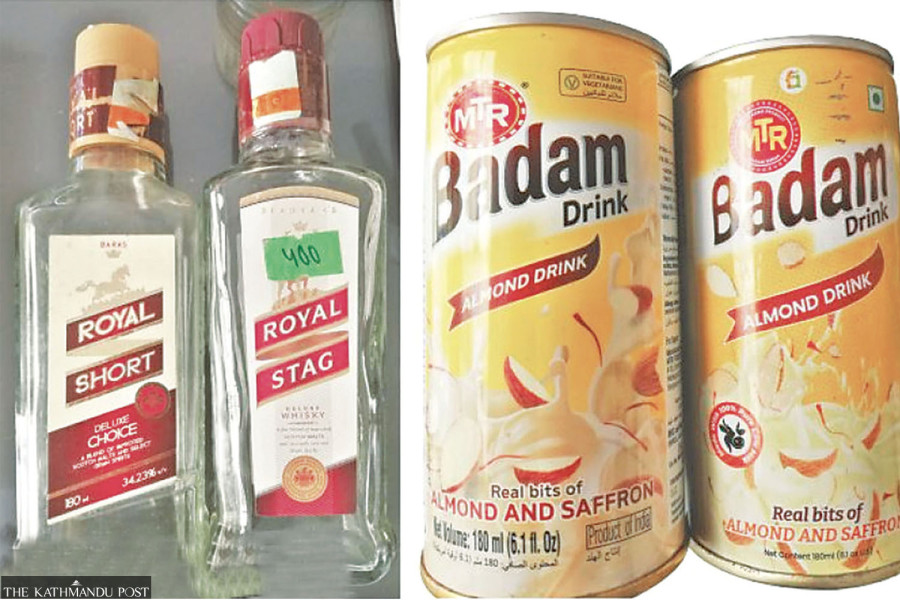
Krishana Prasain
In Nepal, nearly every popular product seems to have two versions—one genuine and another an imitation. Counterfeit goods mimicking global brands, from beverages to apparel, have flooded the market.
Opportunistic businesses have been capitalising on the brand equity of internationally recognised names.
Coca-Cola appears alongside knock-offs like Club-Cola. Mountain Dew faces competition from a suspiciously named ‘Maintain Dew’. KFC has its twin in KKFC. And brands like Centre Fruit and Centre Fillz mimic popular confectionery. Even renowned labels like Adidas and Nike are frequently copied, with counterfeit versions openly displayed in shops.
A striking case involved Kansai Nerolac Paints, an Indian subsidiary of Japan’s Kansai Paints. The company was barred from entering the Nepali market for years after a local firm registered the ‘Nerolac’ trademark. In 2020, after a protracted six-year legal battle, Kansai Nerolac Paints Nepal finally won its trademark dispute against Rukmini Chemical Industries.
Such infringements are rampant. By copying logos and trademarks of global companies, local businesses avoid marketing and branding costs. But this shortcut not only deceives consumers—it violates intellectual property (IP) rights and is, by law, a punishable offence.
The consequences go beyond legal violations. Nepal’s inability to protect IP rights has deterred foreign direct investment. As multinational companies witness lax enforcement and widespread brand piracy, their interest in entering the Nepali market dwindles.
To address this, Nepal is preparing a new law to strengthen intellectual property protections.
The Ministry of Industry, Commerce and Supplies has drafted the Industrial Property Bill, which is currently under Cabinet review. After the Cabinet nod, it will be registered at Parliament.
If passed, it will establish a dedicated office to oversee intellectual property matters, including patents, trademarks, and industrial designs.
Nepal's IP framework is anchored in two principal laws: the Copyright Act of 2002 and the Patent, Design and Trademark Act of 1965. The Copyright Act governs artistic and literary creations, while the latter focuses on industrial property. These laws fall under the jurisdiction of two ministries: Industry, Commerce and Supplies; and Culture, Tourism and Civil Aviation.
Since joining the World Trade Organisation (WTO) in 2004, Nepal has been under pressure to align its IP laws with global standards. The proposed bill reflects this effort, drawing heavily from the WTO’s Trade-Related Aspects of Intellectual Property Rights (TRIPS) agreement and the Paris Convention.
“Once Parliament passes the bill, the dedicated IP office will expedite dispute resolution,” said an official from the industry ministry. Although the bill was submitted to the Cabinet in January, it remains stalled, despite Prime Minister KP Sharma Oli’s directive that files should not be held up for more than a week.
The new legislation will cover industrial IP rights but will not extend to copyrights.
According to officials, the bill incorporates the full spectrum of TRIPS provisions, which include protections for patents, trademarks, geographical indications, industrial designs, layout designs of integrated circuits, and undisclosed information (trade secrets).
“This is a much broader legal framework compared to the existing Patent, Design and Trademark Act, 1965,” said the official. “The new bill introduces key additions such as integrated circuits, geographical indications, and trade secrets.”
Integrated circuits, as defined under TRIPS, are products (in final or intermediate form) that contain at least one active element and are designed to perform electronic functions. The bill mandates the protection of layout designs—three-dimensional arrangements used in integrated circuits—provided they are original and the result of individual creativity.
Similarly, the bill enables legal mechanisms to prevent misuse of geographical indications (GIs)—signs used on products that originate in specific regions and possess qualities or reputations due to that origin. For example, Nepal could claim protection for names like “Everest,” which is currently being used by Indian companies such as Everest Food Products.
The bill also focuses on trade secrets, which are crucial for businesses looking to preserve competitive advantages. The law aims to protect such confidential business information from misappropriation.
The draft legislation introduces the concept of a “well-known trademark,” which would afford automatic legal protection to globally recognised brands even if they are not formally registered in Nepal. “This provision will make it illegal for locals to register businesses, restaurants, or products under the name or logo of famous international brands,” the official explained.
Previously, when Nepali businesses registered companies with names similar to international brands, there was little regulatory pushback. The new law intends to change that by introducing clear penalties and enforcement measures.
IP law violators could face fines of up to Rs1.5 million, 15 times the current maximum of Rs100,000. However, the bill does not provide for imprisonment, as IP law falls under industrial rather than criminal law.
Trademark infringement is a growing problem. According to the Department of Industry, complaints related to trademark violations surged by 74 percent in fiscal year 2023–24, rising to 1,637 cases from 941 the previous year.
At the same time, more domestic companies—large and small—have begun registering their trademarks. As business owners become aware of the risks of imitation, they preemptively secure legal protection. “This has driven up the number of complaints, including backlogged cases,” said an official from the department.
Brand infringement can be devastating for legitimate businesses. Lookalike products often confuse consumers, leading to lost sales and reputational harm. Imitation goods frequently use similar packaging, logos, and slogans, making them difficult to distinguish.
Consumer awareness remains low. Many buyers cannot tell genuine products from fakes, while the lower prices of counterfeits make them appealing to budget-conscious customers. This demand, in turn, fuels the counterfeit supply chain.
The problem is that many producers of fake goods aren’t even registered with the government. This lack of oversight encourages unethical practices and raises doubts about product safety. Substandard counterfeit goods, particularly consumables and cosmetics, can sometimes pose health risks.
The burden of this illegitimacy often falls on the original brand owners, who are blamed for the consequences of inferior imitation products.
Janak Bhandari, an advocate at Global Law Associates specialising in IP law, said establishing a dedicated IP office and increasing fines are steps in the right direction. “We hope the new law, once implemented, will reduce trademark infringement,” he said. “Since it’s based on the TRIPS agreement, the standards will align with international norms. That should discourage counterfeiters.”
Kiran Sakha, president of the Nepal-US Chamber of Commerce and Industry, has also voiced concerns. At a recent event, he remarked that weak enforcement of IP laws has discouraged American companies from investing in Nepal.
During the annual Nepal-US Trade and Investment Framework Agreement (TIFA) talks, US officials have repeatedly urged Nepal to improve its IP framework. They argue that stronger laws and better enforcement would boost investor confidence and allow more US businesses to enter the Nepali market.
Bhandari said that as Nepal moves closer to modernising its IP regime, the hope is that the new law will deter copycat businesses, protect legitimate enterprises, and once again attract foreign investors.




 10.12°C Kathmandu
10.12°C Kathmandu




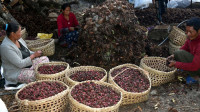


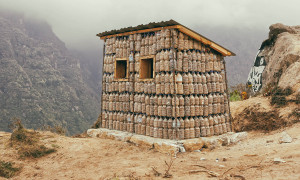

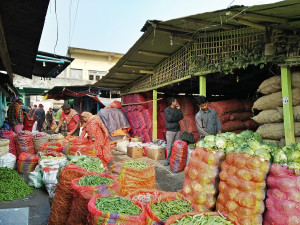
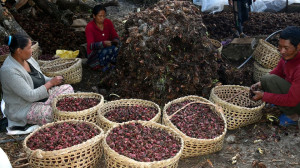


%20(1).jpg&w=300&height=200)
